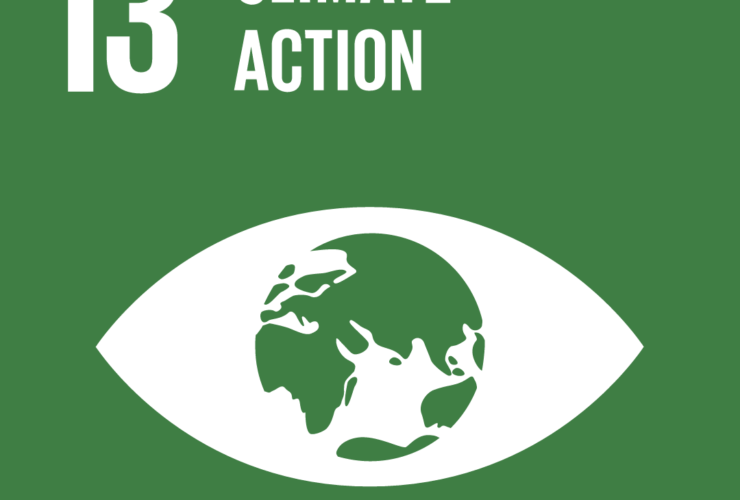Kenya eyes domestic gas, coal for new power plants
Source: Reuters
LAKE TURKANA, Kenya (Reuters) – Kenya aims to decide by the end of 2015 whether a gas discovery in the north of the country could fuel a power plant and wants to start using its own coal in about six years’ time for a power station being built, a senior energy official said.
Kenya, which has struggled to keep the country running with a creaking and overloaded system, is seeking to boost installed generation to about 6,700 megawatts (MW) by 2017 from around 2,500 MW now, using renewables and other domestic resources.
Among its plans, a contract for a 1,000-MW coal plant in Lamu on the north coast was awarded in 2014 to Kenya’s Centum Investment and Gulf Energy. Initially running on South African coal, it will switch to Kenyan reserves in future.
“The financial close was established last month, so I would expect in three years’ time, by 2018, we will have the power plant running,” said Joseph Njoroge, the principal secretary at the energy ministry, speaking on Wednesday at the construction site of Kenya’s first wind power scheme near Lake Turkana.
Coal from Kenya’s Kitui region would be used at the Lamu plant in future but developing the reserves and building a 250-km (155-mile) railway line to the plant would take about six years, he said.
The government has also been seeking to build a new gas-fired plant. Originally, it planned to build it at Mombasa port using imported liquefied natural gas (LNG), which would need to be turned back into gas in a special plant before use.
Njoroge said that project was now on hold until the government assessed the viability of using gas reserves found in a north Kenyan exploration block operated by Africa Oil.
He said the 0.6 trillion cubic feet of gas estimated to be there could power an 800-MW plant to be built next to the reserves for about 25 years. But the find had to be confirmed as viable before any decision to go ahead was made, he added.
By the end of this year, we should be able to make a decision,” he said, adding a plant could be erected swiftly but building the transmission line could take 2-1/2 years in a country where some regions are still not on the national grid.
Kenya, which has confirmed commercial oil reserves but still relies heavily on renewable such as geothermal and hydro power, could add wind in September 2016 when the first turbines of a 310-MW project at Lake Turkana are erected and a transmission line built.
Njoroge said wind generation, an intermittent resource due to weather patterns, could expand beyond that level once overall installed capacity increases, either by adding domestic plants or through new transmission lines linking other nations.
“We are currently doing a lot of projects to interconnect our grid with Uganda, with Ethiopia, with Tanzania,” he said. “It will open up new opportunities for additional wind plants in this region.”


